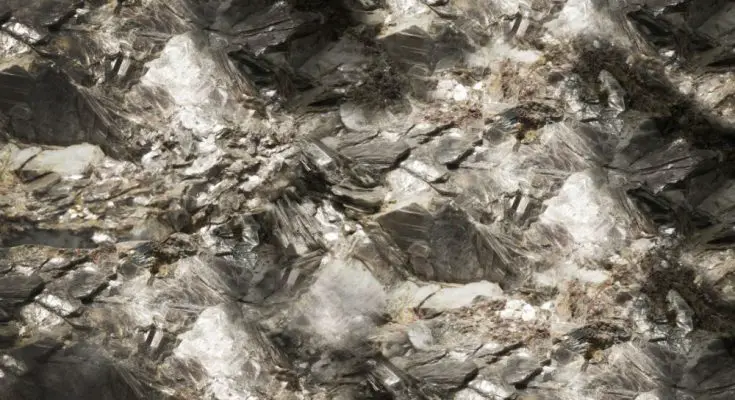While many industries use mica in various ways today, few people are aware of what this mineral is. Humanity has known about and used mica for thousands of years. Its continued use proves just how unique and important it is. Keep reading to learn interesting facts about the history of mica and its various uses.
Ancient Origins
People have known about and used mica for hundreds of thousands of years, predating written records. We know that ancient civilizations around the world used mica in various ways. One of the earliest examples we have is cave paintings dating to the Upper Paleolithic era, which stretches from 40,000-10,000 B.C. Ancient people used mica to create white paint.
Uses Through History
Over time, people started using mica in a larger variety of projects. Taos and Picuris Pueblos Native Americans still use mica in their pottery. People in India, Pakistan, and Bangladesh use mica to decorate clay pots as well. In 100 A.D., the Aztecs started using mica as a construction resource when building the Pyramid of the Sun, which is still standing just north of Mexico City. The Padmanabhapuram Palace in India, which was built in the early 1600s, has mica in its colored windows. Mica is also used in traditional Japanese woodblock printmaking, as printers apply it to wet ink so that the ink dries and sparkles.
Modern Uses
While many people still use mica in these traditional ways, such as in pottery and printmaking, new industries have arisen that also use mica. Some of the most common uses of mica today are in the electronics and plastics industries, where mica can act as an insulator or reinforcer, respectively. And proving that there is nothing new under the sun, the paint industry uses mica to brighten the tone of colored pigments and help the paint work better, as it helps prevent chalking.
Some of the most interesting facts about the history of mica are how ancient civilizations used it in such various ways, paving the way for us to continue to use it in the present. This fascinating mineral has allowed humanity to creatively express themselves and build empires for hundreds of thousands of years. As we continue to use it in our electronics and plastics, we continue to develop that legacy.



